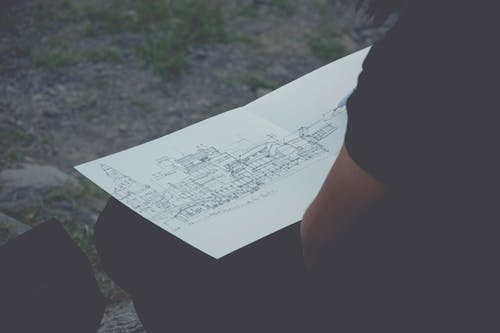There are numerous reasons to have your home inspected. It depends on the circumstances. It could be that you are selling the house or searching for new insurance. If you’re going to have an inspector come look at your home, it better be in tip-top condition. The result of an inspection can be affected by even the tiniest details. Inspectors must discover any issues in the shortest possible time. To fix the problems listed below, an inspector arriving at your residence may be easier if you split your home into the following categories.
Preparing Your Home for Inspection
It’s simple to put your house up for sale. However, getting your home prepared for an inspection is perhaps the most challenging part. Take a look at the following points.
Exterior
The exterior components of your home are the siding, roof, windows, and foundation. It is essential to conduct a thorough inspection of the outside doors and windows to seal them correctly. It is crucial to repair any damaged or missing siding and any portions of the roof or walkway damaged. Make sure that your chimney has been sufficiently vented if you have one. The lawn must be kept neat and cut. Finally, gravel or mulch should be shifted away from the foundation.
Interior
Appliances that need power, such as lights and plugs, should work effectively in your home. Connecting to a main electrical panel must be straightforward. Everything inside the plumbing system should work exactly as it did before. Cleaning the house is generally an ideal option. While a tidy house is not the goal of home inspections, it does aid if the inspector doesn’t have to move anything while inspecting various fixtures.
Cracks in walls and ceilings must be patched and repaired before conducting a home inspection. In some instances, painting walls of areas frequented by people could be advantageous to eliminate fingerprints or other stains from the surface. The state of the floor should always be visible by cleaning and mopping the flooring.
Crawlspace/Basement/Attic
An exhaustive inspection of attic space, basement, and crawlspace during each home inspection is conducted. Be sure that any vents outside are free of debris and offer adequate ventilation. The insulation that is fitted correctly should be kept away from the air vents. Before the inspection, basements and crawl spaces must be dry and any leaks addressed. Electrical wiring must be in good function order and securely fastened.
HVAC System
Ensure that your home’s heating and air-conditioning systems are working properly before leaving for your getaway. Clean or replace the filters and vents according to manufacturers’ recommendations. The ducts should also be cleaned when feasible. During the inspection, thermostats must be operable and accessible. It is important to turn on the heater, and the air conditioning is typically a requirement of an inspector. Provide the inspector with an invoice if your HVAC was recently renovated or maintained.
Read about: What is HVAC and What Does HVAC Stand For
It’s rare to see home inspections that are conducted. However, it is possible to learn from them about what needs to be fixed, the areas that need to be mended in your house, and when it is best to complete them. Also, it gives you an indication of the worth of the home and your home’s construction quality. Therefore, before calling an inspector, check out your house and take care to fix any issues that could hinder its value overall. This can improve the appeal of your home to make it more attractive to prospective buyers and will be the best thing for you.
For more detailed manuals and advice about this topic, please see Trex Program Southeast.





